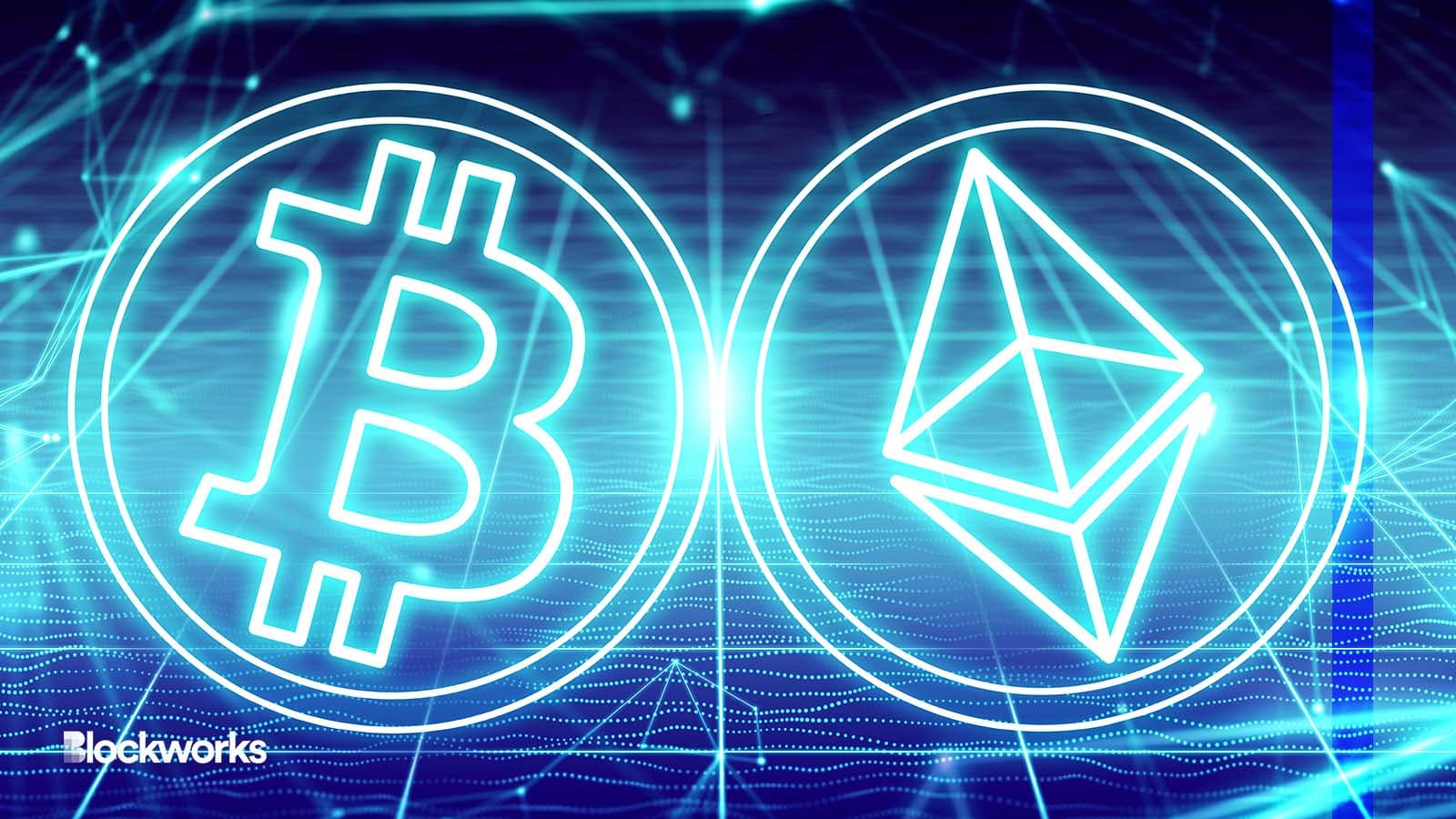Buying Bitcoin and Ether on Binance.US? You’ll Pay a Premium
Bitcoin has been trading at a premium on Binance.US over the past few days, an unusually long stretch of time

Wit Olszewski/Shutterstock modified by Blockworks
Bitcoin has been trading for a hefty premium on Binance’s US exchange over the past few days — and low liquidity looks the likely culprit.
If you’re buying bitcoin (BTC) on Binance.US right now, you’ll pay around $28,050.
Over on Binance’s flagship global platform, however, traders can pick up a full bitcoin for the US-dollar equivalent of $27,650 (paid in stablecoins). Coinbase and Kraken also show the cheaper prices.
That’s a 1.5% markup on buying bitcoin via Binance’s US-regulated platform, although that gap has hit as much as 3.4% over the past few days. Spot ether (ETH) markets have shown similar inflated values on Binance.US.
Crypto prices often vary across platforms, creating lucrative arbitrage opportunities. But the current Binance.US gap has lasted much longer than previous recent instances.
The bitcoin premium on Binance.US first appeared early Saturday morning and persists until press time — almost four days.
Back in May 2022, bitcoin briefly traded at a 4% discount ($26,000 compared to $27,100) on Binance.US, but returned to parity within an hour.
During the Covid-19 sell-off of March 2020, bitcoin traded at around a 4% premium to the US-dollar average of Coinbase, Bitstamp and Bitfinex spot prices, per data provided by Kaiko Research Analyst Conor Ryder.
That premium hung around for a day before tapering off over the next three days. At time of publication however, the current Binance.US premium has not shown similar signs of waning.
Why is the Binance.US premium hanging around?
One theory suggests that a major market maker might have pulled out of Binance.US, reducing market depth and making prices more buoyant than usual, especially if there were markedly more buyers than sellers.
“Market depth is roughly the same, so it’s pretty clear that no market makers have left yet,” Ryder told Blockworks. “We’ve seen cases before when market makers leave and one of the most obvious effects is a decrease in market depth.”
The current Binance.US premium is really just a function of an illiquid market, according to Ryder. Blockworks reached out to Binance.US representatives but has yet to receive a response.
Binance.US has struggled to find a US-dollar banking partner ever since it was forced to stop accepting wire deposits and withdrawals back in February. While withdrawals are still possible via the Automated Clearing House (ACH) system, this process can take days.
The lack of easy US dollar withdrawals could be driving users to buy up bitcoin and ether, which combined with illiquid order books has caused the persistent premium.
Coinbase — where bitcoin and ether spot prices square with rival platforms — supports US dollar withdrawals using a variety of channels, including instant cashouts in certain US states.
Kraken ceased support for ACH deposits and withdrawals in March but still services wire and SEPA.
“Slow USD withdrawals combined with BTC demand means people are rushing to trade into BTC at the same time,” Ryder said.
Get the news in your inbox. Explore Blockworks newsletters:
- The Breakdown: Decoding crypto and the markets. Daily.
- 0xResearch: Alpha in your inbox. Think like an analyst.






